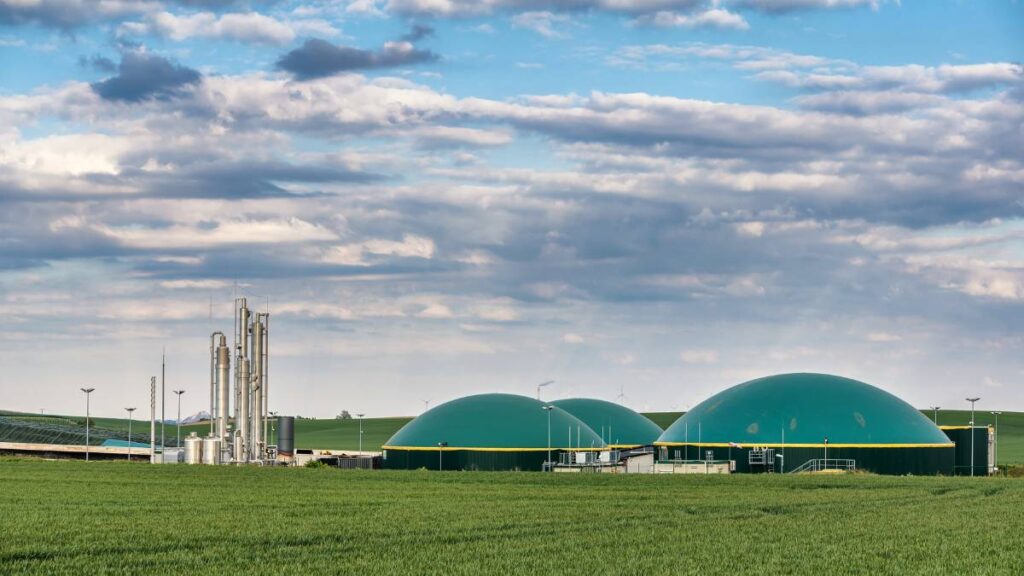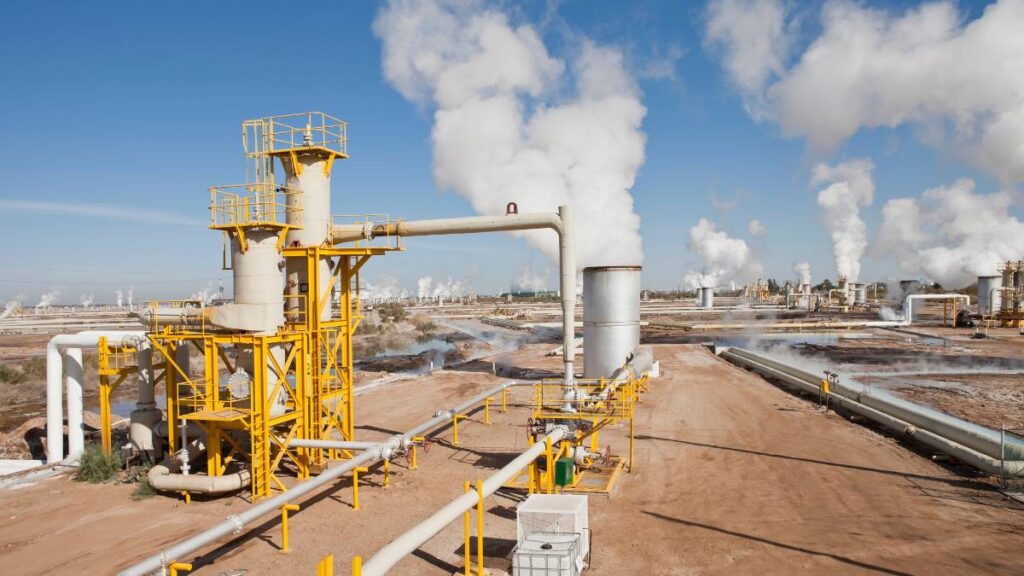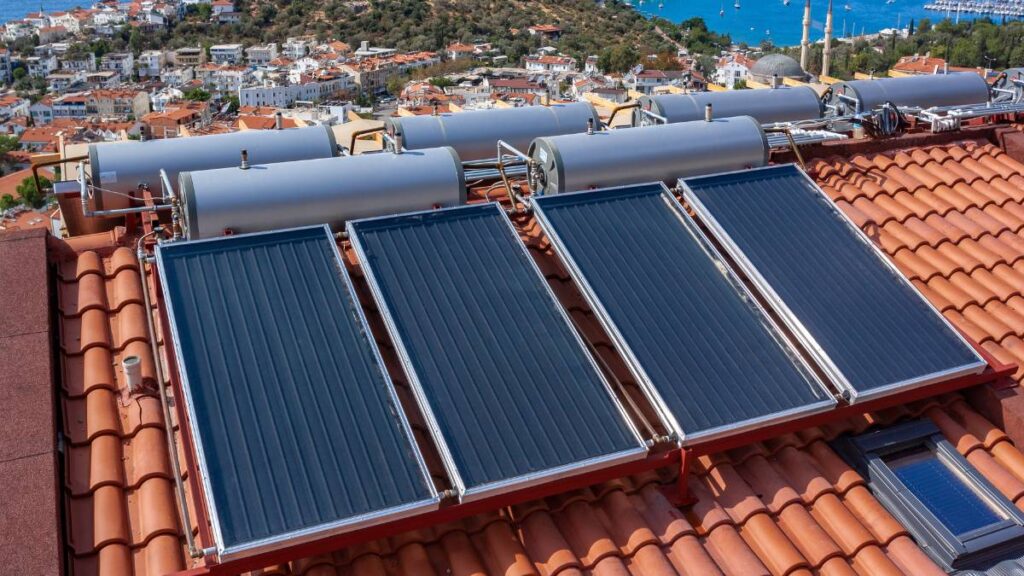Biomethane, a renewable energy source derived from organic materials, is emerging as a key player in the global shift towards sustainable energy. As the cleanest form of biogas, biomethane is produced through the anaerobic digestion of organic waste, offering an eco-friendly alternative to natural gas. This article explores the production, benefits, applications, and future potential of biomethane in the energy landscape.
The Production of Biomethane
Biomethane is generated from biogas, which is produced when organic matter decomposes in the absence of oxygen, a process known as anaerobic digestion. The raw biogas is then purified and upgraded to biomethane standards, removing impurities and carbon dioxide to yield a methane-rich fuel. Common feedstocks for biomethane production include agricultural waste, sewage sludge, and organic municipal waste.
Benefits of Biomethane
- Reducing Waste and Emissions: Biomethane production helps manage waste effectively while reducing greenhouse gas emissions by capturing and utilizing methane that would otherwise escape into the atmosphere.
- Renewable and Sustainable: As a renewable natural gas, biomethane can be continually produced from organic waste sources, supporting circular economy principles.
- Versatility in Use: Biomethane can be injected into the natural gas grid, used in heat and power generation, or as a fuel for vehicles, making it a versatile energy source.
Applications of Biomethane
- Power Generation: Biomethane can be used to produce electricity and heat, providing a renewable alternative to fossil fuels in power plants.
- Transport Fuel: Upgraded to compressed natural gas (CNG) or liquefied natural gas (LNG) standards, biomethane serves as a clean fuel for vehicles, significantly reducing transport-related emissions.
- Heating and Cooking: Biomethane can be injected into existing natural gas networks, supplying green energy for residential and commercial heating and cooking.
Challenges and Considerations
- Economic Viability: While the technology for biomethane production is well-established, the economic feasibility depends on factors like feedstock availability, energy prices, and government incentives.
- Infrastructure Requirements: Integrating biomethane into the gas grid or using it as a transport fuel requires suitable infrastructure, including upgrading and refueling stations.
- Regulatory and Market Support: The growth of the biomethane market relies on supportive policies, regulations, and incentives to encourage its production and use.
The Future of Biomethane
Advancements in biomethane technology are addressing current limitations and opening new possibilities:
- Efficient Processing and Upgrading: Ongoing development aims to improve the efficiency and cost-effectiveness of biogas processing and upgrading methods, making biomethane production more economically viable.
- Diversifying Feedstocks: Research is expanding the range of organic waste materials suitable for biomethane production, including the exploration of algae and other non-traditional feedstocks.
- Smart Grid Integration: Integrating biomethane with smart grid technologies facilitates optimal energy management, allowing for the efficient distribution and utilization of this renewable resource, aligning production with demand patterns.
Conclusion
Biomethane stands as a promising renewable energy source, offering environmental, economic, and societal benefits. With ongoing advancements in technology and a broader understanding of its potential, biomethane is poised to play a significant role in the global transition to a more sustainable and secure energy future. As the sector evolves, how will biomethane reshape our approach to renewable energy and waste management?







